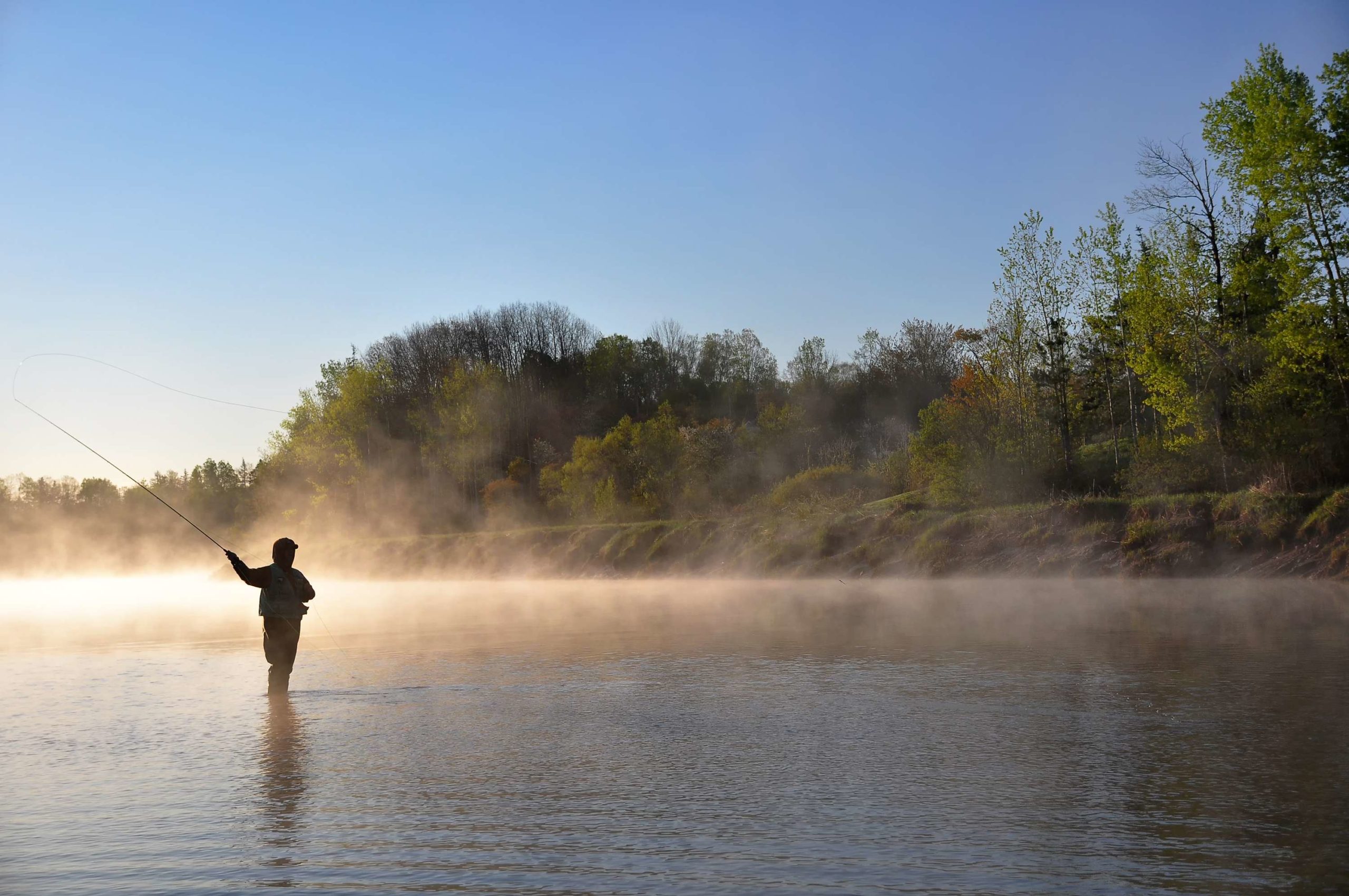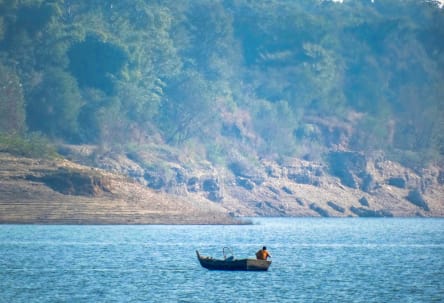 Shimla : Himachal Pradesh has achieved the distinction of recording fish price of Rs. 266 per kg in the year this fiscal year, which is highest among large reservoirs of the country.There are around 2800 fisherman living around the Pong dam in Kangra district.
Shimla : Himachal Pradesh has achieved the distinction of recording fish price of Rs. 266 per kg in the year this fiscal year, which is highest among large reservoirs of the country.There are around 2800 fisherman living around the Pong dam in Kangra district.
Built in 1975 the Pong reservoir is the highest earth filled dam in the country. It is built on the Beas river in the Shivalik wetland hills. The catchment area is 12,561 sq.km and mean water spread of 15,662 hectares. The lake has emerged as leading fishing reservoirs in the Himalayan foothills.
Trial fishing was resorted by the Fisheries department soon after its filling in the year 1975. The total catch during the first year of fishing operation was 98 tonnes and increased progressively attaining a peak of 287.513 tonnes during 2018-19. The state government gave fishing rights to youths of displaced families through co-operative societies in the year 1975 to ensure dignified livelihood.
Rural Development and Panchayati Raj and Fisheries Minister Virender Kunwar said tiday there are 15 fishermen cooperative societies and have provided membership to around 3902 fishermen and 2800 license holders fishermen are functioning in the reservoirs.
There are 2800 active fishermen from oustees families engaged in lucrative fisheries at present. Besides direct employment to over 2800 fishermen, the fishing activities provide indirect job to over 1000 families engaged in helping fishermen, carrying, transportation, packing of fish, weaving and mending of gears and marketing.
The minister said that Pong dam reservoirs with water spread of around 24483 hectare has been adjudged as best managed reservoirs in terms of fish production and also in terms of fetching highest rates of the fish catches from amongst the large reservoirs in the country.
The stocking programmes in Pong reservoir were initiated during 1974–75 when the first consignment of 1.30 lakhs fry of mirror carp was released.
Since then a regular stocking programme has been undertaken. Stocking has been mainly confirmed to the seed of mirror carp and Indian major L. Rohita, C. Catla and C. Mrigala.
During initial years the catches were dominated by Rheophlyic species belonging to family Salmonidae, Cyprinidae, Cobitidae, and Sisoridae.However in new tremendous biogenic capacity of the reservoir and systemic seed stocking undertaken by the department over a number of years with Indian carps and mirror carps, the catch structure of reservoir was altered and carps started accounting as high as 50 to 60 percent of the catches.
 But, later during 1990s catfish started predominating the catches. During 2004-05 per hectare yield of reservoir was 27 kg per hectare, with cat fishes and carps accounting to 83 percent and 17 percent of the landings, respectively. Presently 34 percent carps and 65 percent catfishes are caught in the reservoir.
But, later during 1990s catfish started predominating the catches. During 2004-05 per hectare yield of reservoir was 27 kg per hectare, with cat fishes and carps accounting to 83 percent and 17 percent of the landings, respectively. Presently 34 percent carps and 65 percent catfishes are caught in the reservoir.
Virender Kunwar said that fishing activities in Koldam, Gobind Sagar, Chamera, Ranjit Sagar and Pong Dam provide full time direct and indirect vocation to over 6000 fishermen families mainly uprooted due to completion of these river valley projects. To safeguard the interest of poor fishermen, Department of Fisheries is making whole hearted efforts to enhance fish production.
The rates are fixed in the beginning of every year either through open auction for summer, which is 1st April to 30th September and in winter from 1st October to 31st March. Department charges 15 percent royalty on the total sale proceeds of fish whereas cooperative societies after deducting 5-7 percent commission, makes the payment to the fishermen on weekly to 10 days, basis regularly.
This way, fishermen get 78-80 percent of cost of their catch. To avoid conflict between the societies, regarding area of operation, reservoirs have been divided into beats demarcated on the basis of area and productivity of the water body.
The fishermen in Pong are mostly full time fishermen. On an average every fisherman has one boat, costing approximately Rs
60000. The fishermen normally use gill nets. The minimum allowable size for economically important species is fixed by the department.
